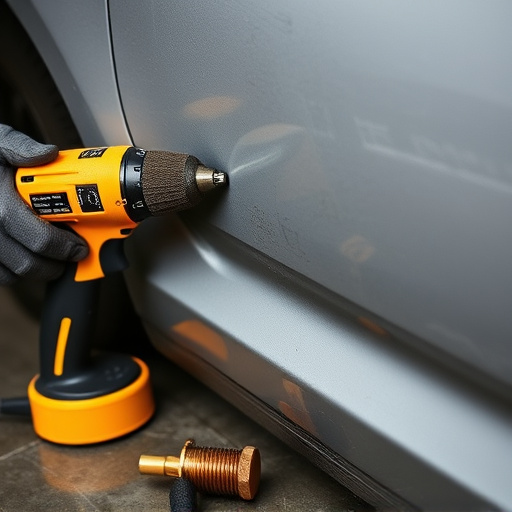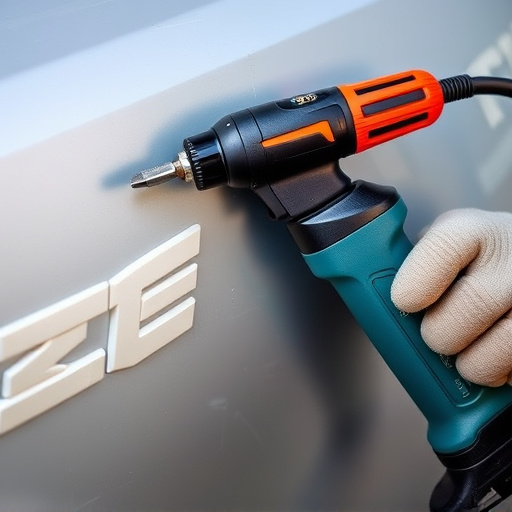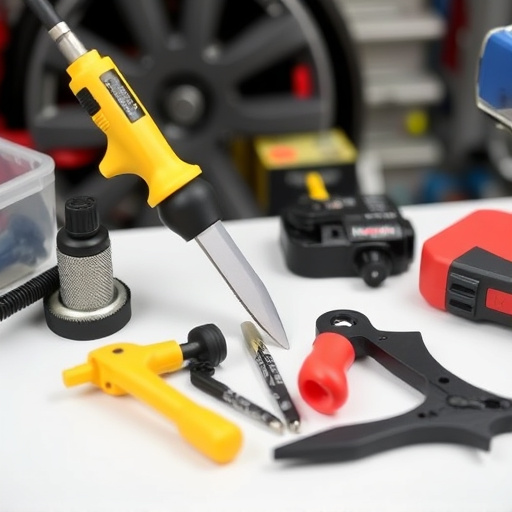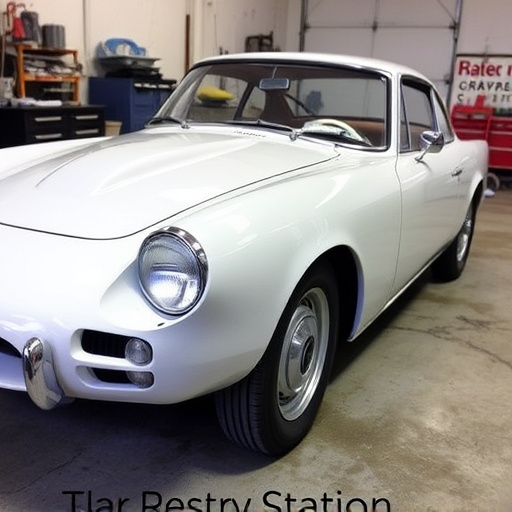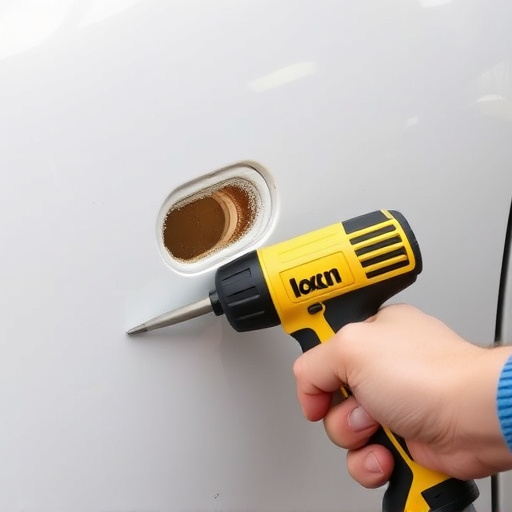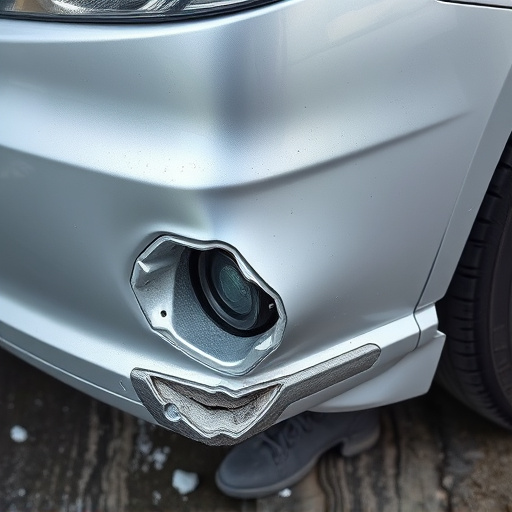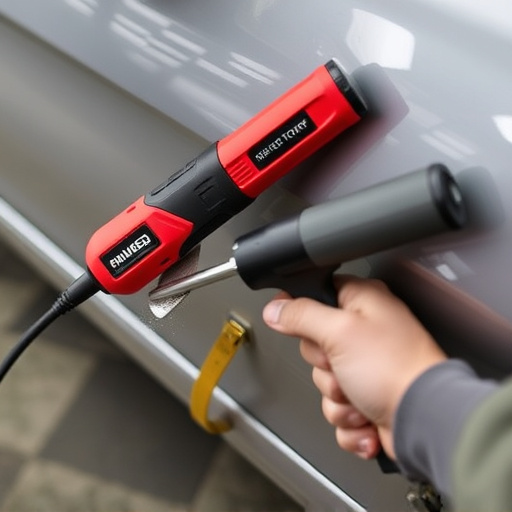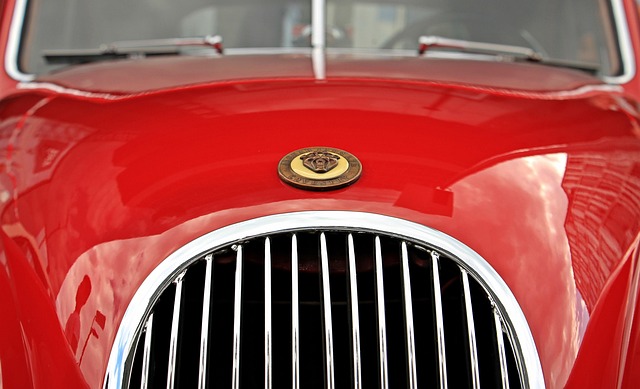Base coat application is a crucial step in vehicle repairs and restorations, especially for high-performance or classic cars. It provides a smooth, uniform foundation for enhanced adhesion, conceals imperfections, and prevents future chipping or peeling. Choosing the right base coat tailored to the specific needs of the car body shop and repair type is essential. Efficient application involves meticulous surface preparation, sanding, priming, and cleaning, ensuring a flawless base for optimal final coat adhesion.
In high-performance vehicle repairs, proper base coat application is key to achieving flawless, durable finishes. This essential step not only protects the repair area but also ensures long-lasting color consistency and bond strength. Understanding the critical role of base coats and choosing the right formula for your needs is paramount. This guide offers a comprehensive walkthrough on selecting and applying base coats effectively, ensuring top-notch results in every repair project. Learn the secrets to efficient base coat application here.
- Understanding Base Coat Importance in Vehicle Repairs
- Choosing the Right Base Coat for Optimal Performance
- Step-by-Step Guide to Efficient Base Coat Application
Understanding Base Coat Importance in Vehicle Repairs
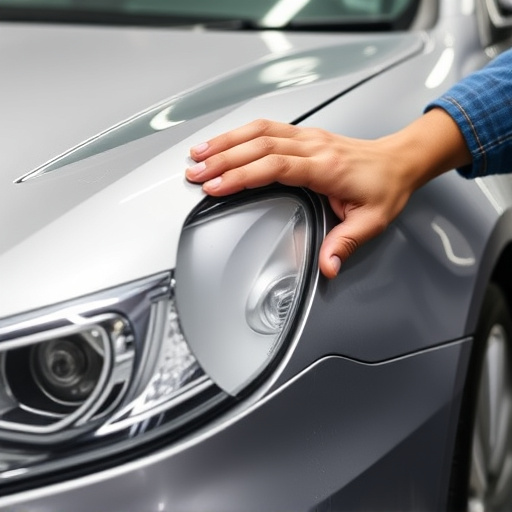
In vehicle repairs, especially in high-performance or classic car restoration scenarios, understanding the significance of a base coat application is paramount. The base coat serves as a crucial first layer during the painting process, offering more than mere aesthetic benefits. It acts as a bridge between the car’s surface and the topcoat, providing a smooth, uniform foundation that enhances adhesion. This is particularly important in collision repair centers where the goal is not just to fix dents but to restore the vehicle to its original condition, ensuring a durable finish that matches the car’s make and model precisely.
The base coat application process involves careful preparation of the damaged area, followed by the precise application of a specific type of paint designed to blend seamlessly with the existing color. This step is vital in concealing imperfections like dents or scratches, achieving seamless integration during classic car restoration projects. It ensures that the final topcoat not only looks pristine but also bonds strongly to the surface, preventing future chipping or peeling.
Choosing the Right Base Coat for Optimal Performance
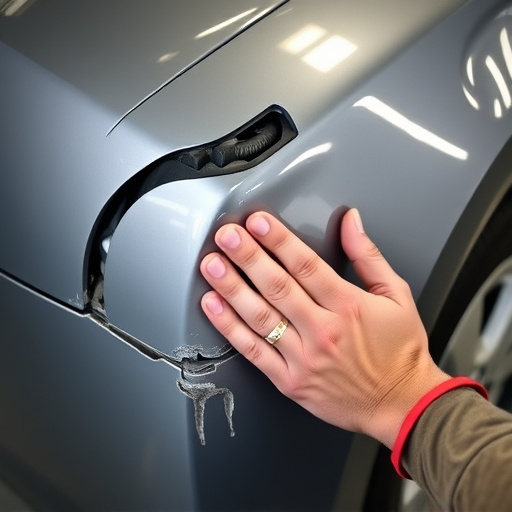
Selecting the appropriate base coat is a pivotal step in achieving superior outcomes during vehicle repairs and restorations. This decision should be informed by the specific needs of the car body shop and the type of automotive repair or restoration being undertaken. For instance, a base coat designed for metal surfaces may not be suitable for plastic or composite materials, necessitating a product that aligns with the unique composition of the car’s exterior.
In an automotive repair setting, professionals often opt for base coats offering excellent adhesion, resistance to environmental factors, and fast drying times. These characteristics are crucial, especially in car body restoration projects, where meticulous attention to detail is required to match the original finish perfectly. Choosing a high-quality base coat that complements the vehicle’s existing or desired color palette ensures not only optimal performance but also enhances the overall aesthetic appeal of the restored car body.
Step-by-Step Guide to Efficient Base Coat Application
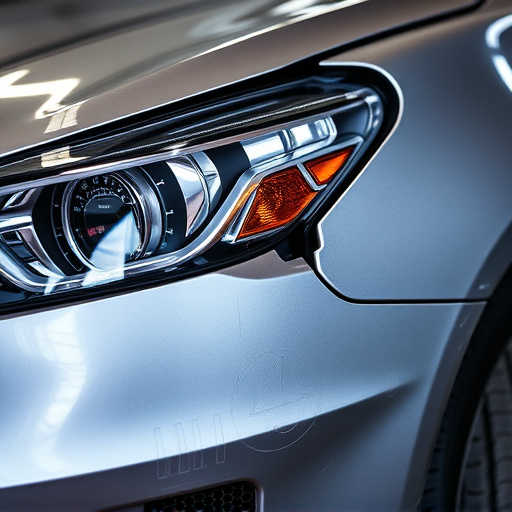
Applying a base coat is a crucial step in high-performance vehicle repairs, setting the stage for a flawless finish. Here’s a step-by-step guide to ensure efficient base coat application, enhancing the aesthetics and structural integrity of your repair work.
1. Prepare the Surface: Begin by thoroughly cleaning the damaged area. This involves removing any debris, grease, or existing paint with appropriate tools. For minor dents, paintless dent repair techniques can be effective in minimizing repairs needed before applying a base coat. In cases where auto glass replacement or frame straightening is required, ensure the surface is completely prepared to avoid imperfections.
2. Sand and Prime: Lightly sand the repaired area to create a smooth texture that allows better adhesion. Use fine-grit sandpaper suitable for automotive finishes. After sanding, wipe away dust with a clean cloth. Apply an appropriate primer designed for high-performance vehicles. This step primes the surface, filling in any minor gaps or imperfections and providing a uniform base for the base coat.
In conclusion, mastering base coat application is a pivotal step in achieving high-performance vehicle repairs. By understanding the crucial role of base coats and selecting the right formula, technicians can ensure optimal bonding, enhanced paint adhesion, and superior long-term results. Following a meticulous, step-by-step process guarantees a seamless and effective base coat application that paves the way for flawless paintwork.
